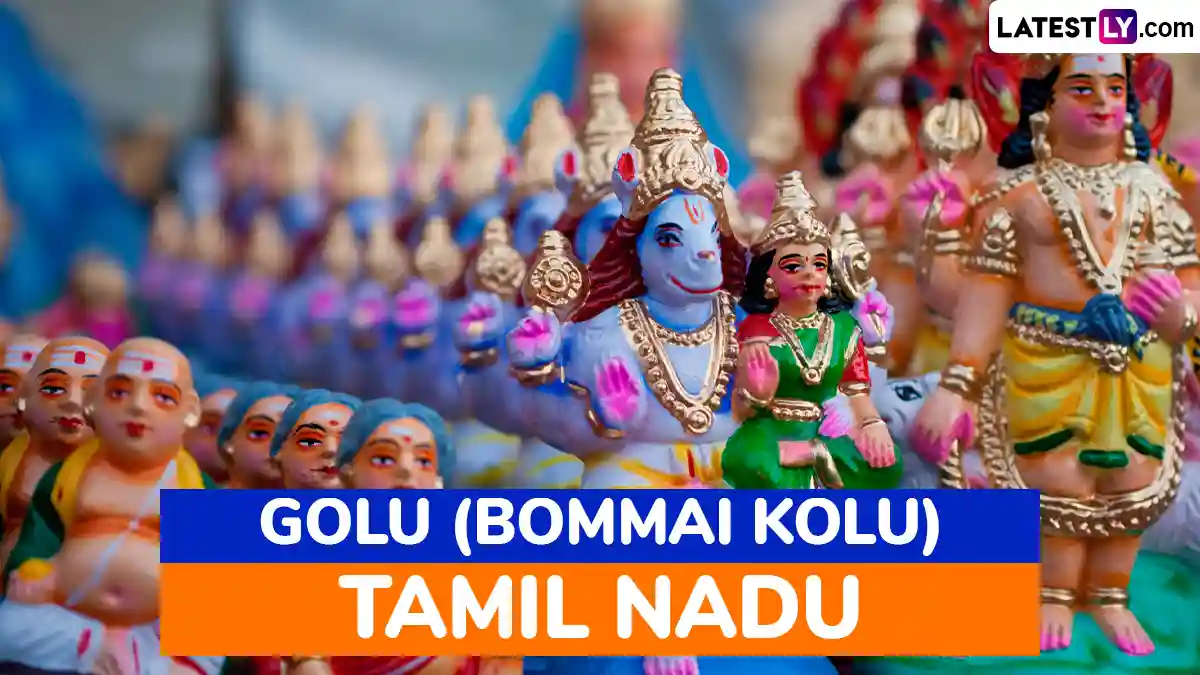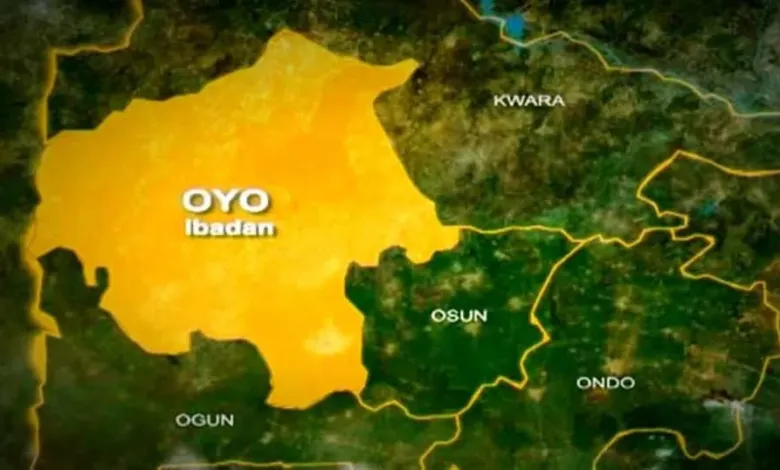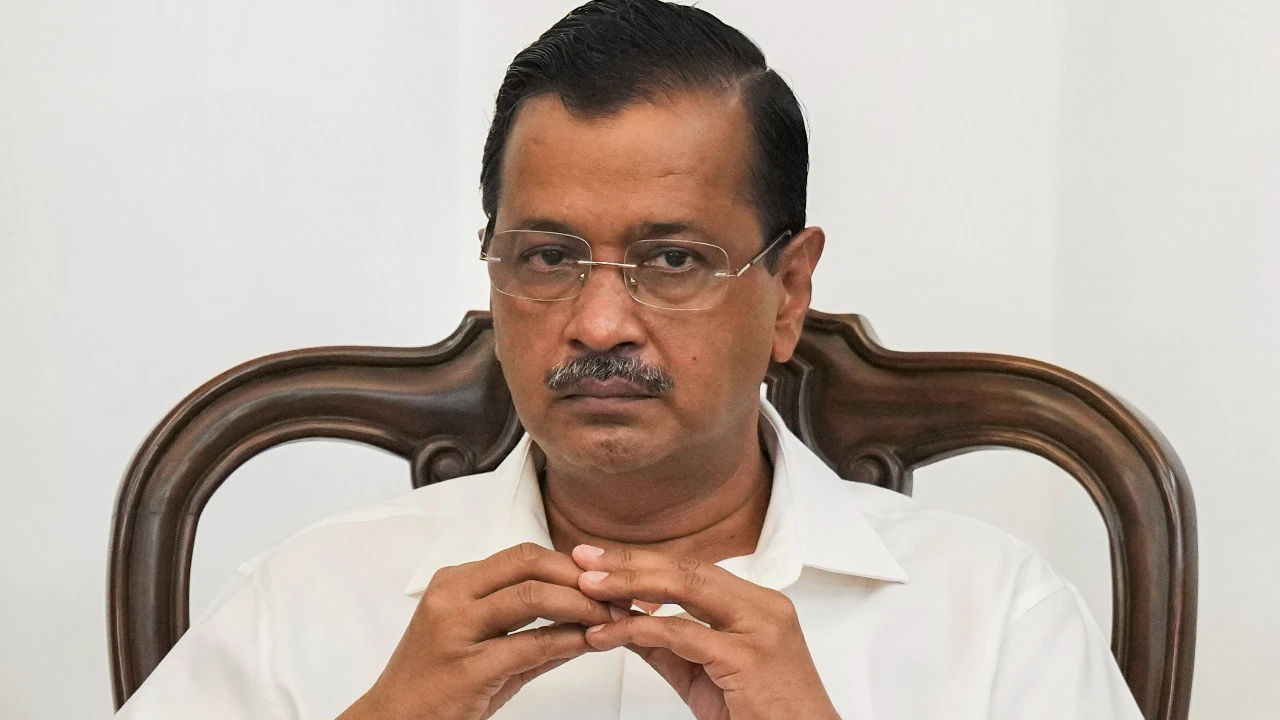Golu (Bommai Kolu) 2025 Date in Tamil Nadu: Know History, Significance and Rituals Related to the Festive Display of Dolls During Golu Navratri
By Kabir
Copyright latestly

Bommai Kolu, or Golu, is an auspicious occasion that showcases the artistic display of dolls by women, particularly in South India. This occasion falls during Navratri and Dussehra and is widely celebrated across several states in South India, like Tamil Nadu, Andhra Pradesh, Karnataka and among certain communities in Kerala. In 2025, Navratri Bommai Kolu begins on September 22 and ends on October 2. The dolls, called Kollu or Golu, represent the darbar or assembly of Goddess Durga. Traditionally, Bommai Kolu refers to the tradition of arranging and displaying dolls during the Navratri festival. It is a significant cultural and spiritual tradition in South India. Bommai Golu Wishes, Reels & Bommala Koluvu Images: Greetings and Wallpapers To Celebrate Kolu, the South Indian Festive Display of Dolls During Navratri. These displays of dolls narrate a legend from a Hindu text to court life, weddings, everyday scenes, and miniature kitchen utensils. They are also known as Golu, Gombe Habba, Bommai golu, or Bommala Koluvu. In this article, let’s know more about the Bommai Kolu 2025 date and the significance of the Navaratri Golu festival. Bommai Golu Wishes, Instagram Reels & Bommala Koluvu HD Images: Facebook Greetings and Wallpapers To Celebrate Kolu. Bommai Kolu 2025 Date in Tamil Nadu In 2025, Navratri Bommai Kolu begins on September 22 and ends on October 2. Bommai Kolu Rituals On the first day of Navaratri, a welcoming ritual is performed for the Goddesses Saraswati, Durga, and Lakshmi by a Hindu ritual called Kalasa Aavahanam. This is done after the Ganpati puja. The welcoming ritual is performed by an elderly male or female of the family at an auspicious shubh time. This ritual is then followed by building a rack of odd-numbered shelves of golu or Padi, usually 3, 5, 7, 9, or 11, set up using wooden planks. After the steps have been covered with fabric, it is then adorned with various dolls, figurines and toys according to their size, with the deities at the top. The dolls are displayed with depictions from Hindu mythological texts, court life, royal procession, ratha yatra, weddings, baby showers, everyday scenes, miniature kitchen utensils, and anything a little girl would have played with. It is a traditional practice to have wooden figurines of the bride and groom together, called ‘Marapacchi Bommai’ or ‘Pattada Gombe’, usually made of sandalwood, teak or rosewood or dried coconut and decorated with new clothes each year before being displayed on the golu. Bommai Kolu Celebrations During the golu display season, families and neighbours visit each other with gifts to view the golu displays, share festive foods, and engage in the festive vibe. Major Hindu temples such as the Meenakshi Temple in Madurai arrange elaborate golu displays each year for Navaratri. The word ‘Bommai’ means ‘dolls’ in Tamil/Kannada, and ‘Kolu’ means ‘display’ or ‘arrangement’. It symbolises devotion, creativity, and storytelling. Each displayed item in a golu display is sometimes called a golu doll, which is made by rural artisans from clay and wooden materials, then brightly painted. They are generally arranged in an odd number of padis (tiers or steps) to tell a story. Bommai Kolu Significance Bommai Kolu is a traditional festival of Tamil Nadu and is set up during the nine nights of Navratri, starting on the first day and continuing till Vijayadashami or Dussehra. Dolls, usually made of clay or wood, are arranged on odd-numbered steps (3, 5, 7, 9, or 11). These include gods and goddesses, mythological scenes, animals, village life, and even modern themes. The display is believed to honour the divine feminine energy of the Goddess Durga or Shakti, and hence holds great religious and spiritual importance.



